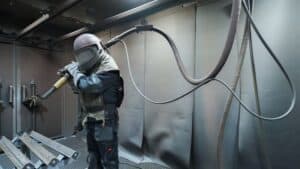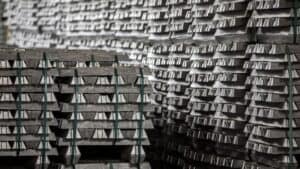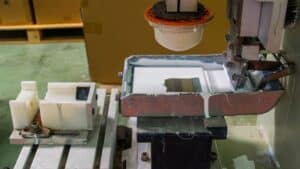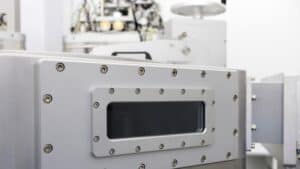For any plastic injection molding project, there are many different factors that affect the costs. For different projects the overall costs can vary differently due to the differences of each factor.
1. Part Design Complex featured parts increase the mold design time and mold machining time, and leads to more costs of the mold. Larger sized parts, sometimes also complex featured parts, require for larger molds with more material, larger and more expensive machinery to machine on them, which increase the cost. However, there are other cases. Sometimes simple designed large injection molds are cheaper while complex designed small injection molds are more expensive.
2. Product material The selection of thermoplastic material also greatly affects the costs of plastic injection molding. Part quantity, value, additives, compounds, molding temperatures, grade, color and availability should all be taken into account when selecting thermoplastic material. Abrasive materials may also affect the mold’s maintenance cost.
3. Mold Material The choice of metal for an injection mold depends on the application of the mold and plastic material of the product. Molds for prototype parts require less durability of the metal while molds for long production runs require high durability of the metal to allow the molds for high volumes production. High-temperature plastics require mold with higher hardness. Generally, cheaper metal alloys are less durable and the mold’s lifetime is shorter. As discussed above, abrasive materials may also affect the maintenance cost of the mold, mold maintenance and replacement costs should also be considered when choosing mold materials.
Other factors like volume and cavities, cycle time, manufacturer location can also affect the costs of plastic injection molding. The various factors and the interplay of the factors should be taken into account before starting a project. Costs can be controlled with optimal combination of all the factors.






